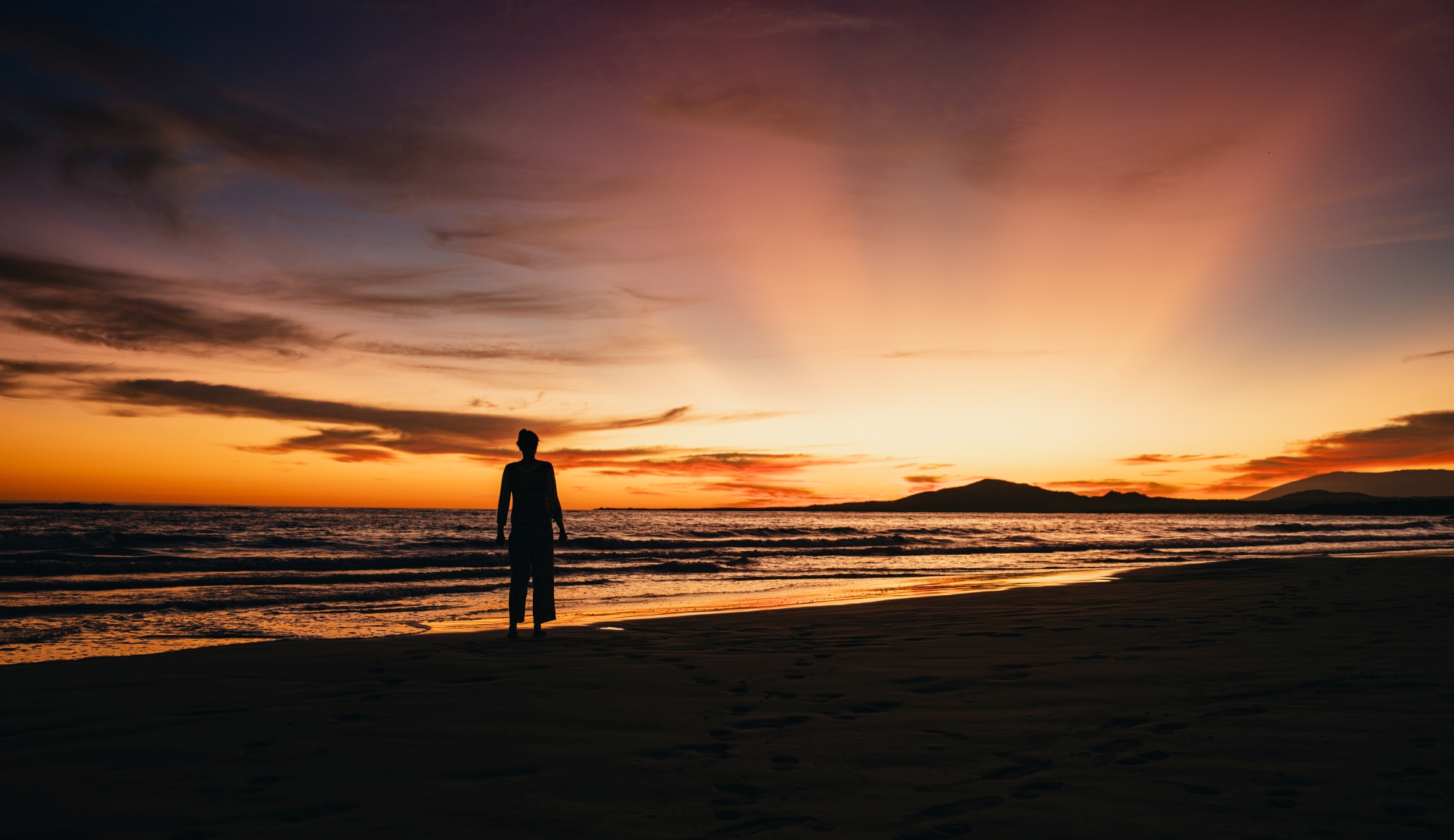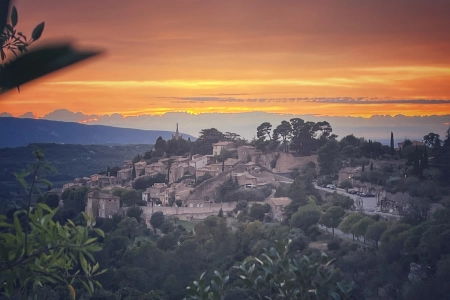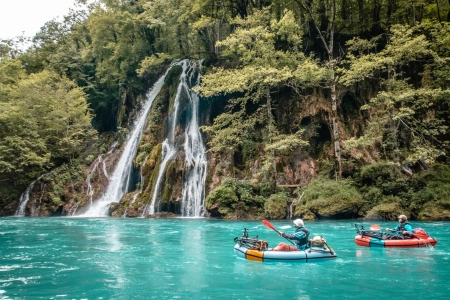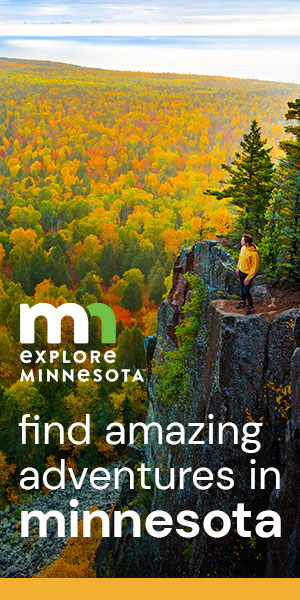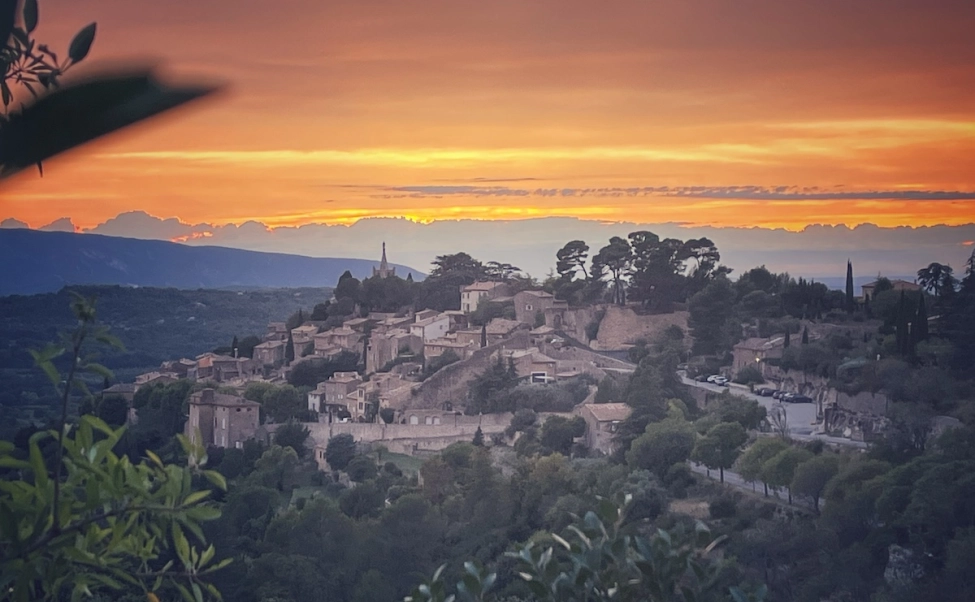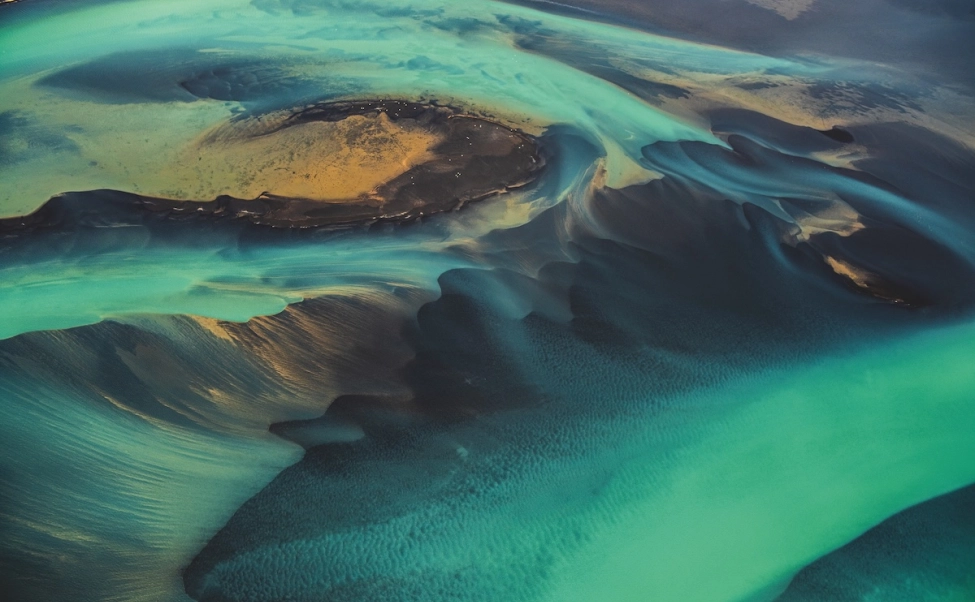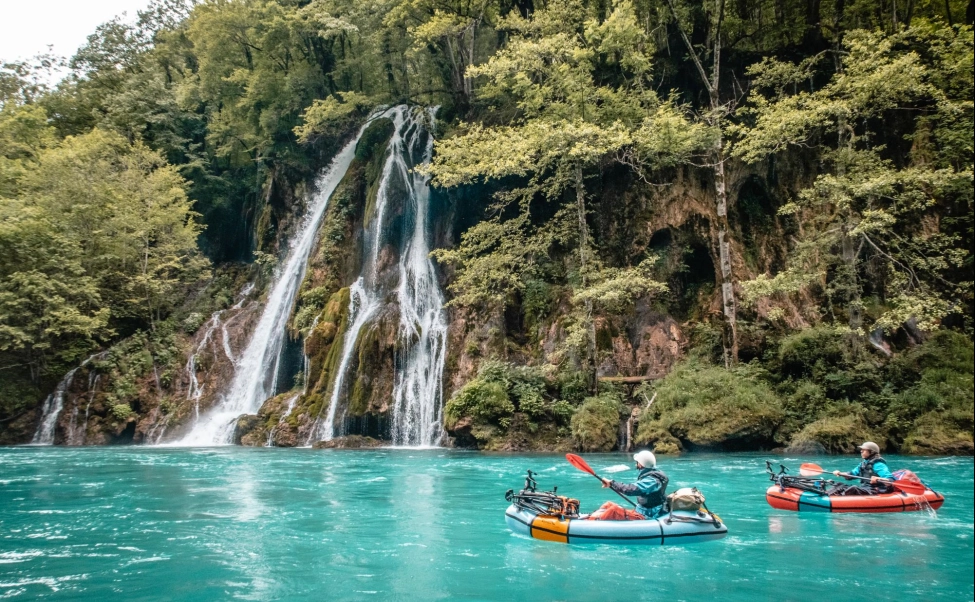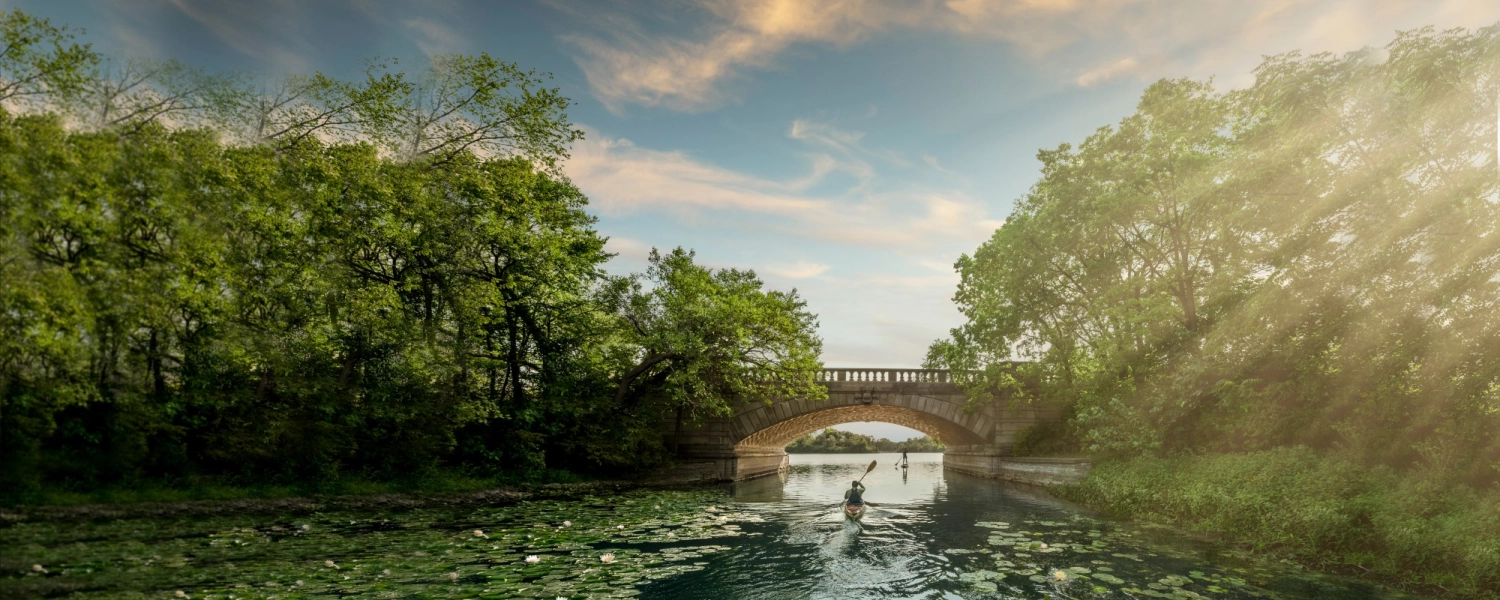- Details
- Written by: Natalie Berry
The reef shark lingered below me as a commotion of bubbles suddenly obscured my goggle-vision. A playful sea lion torpedoed through the lava tunnel, unfazed by the shark or the snorkelling humans. It teased a feeding sea turtle, which bobbed up for air. I mimicked it, surfacing to the sight of a penguin on the volcanic rocks, spying for fish. This motley crew of creatures (myself included) could only co-exist in one place on Earth.
The Galápagos Islands, also known as the Islas Encantadas (or ‘Enchanted Isles’ in Spanish), are the definition of a bucket-list destination—a place I’d long dreamed of travelling to. Unfortunately, the distance and cost involved—many thousands of pounds, I imagined—had always shuffled it down my travel ticklist. As a child, I’d missed two opportunities to visit: one through a school World Challenge project (I was busy training for climbing competitions), the other as an add-on to a climbing World Championships being held in Ecuador. (My parents couldn’t afford to fund my trip to the event, let alone the islands).
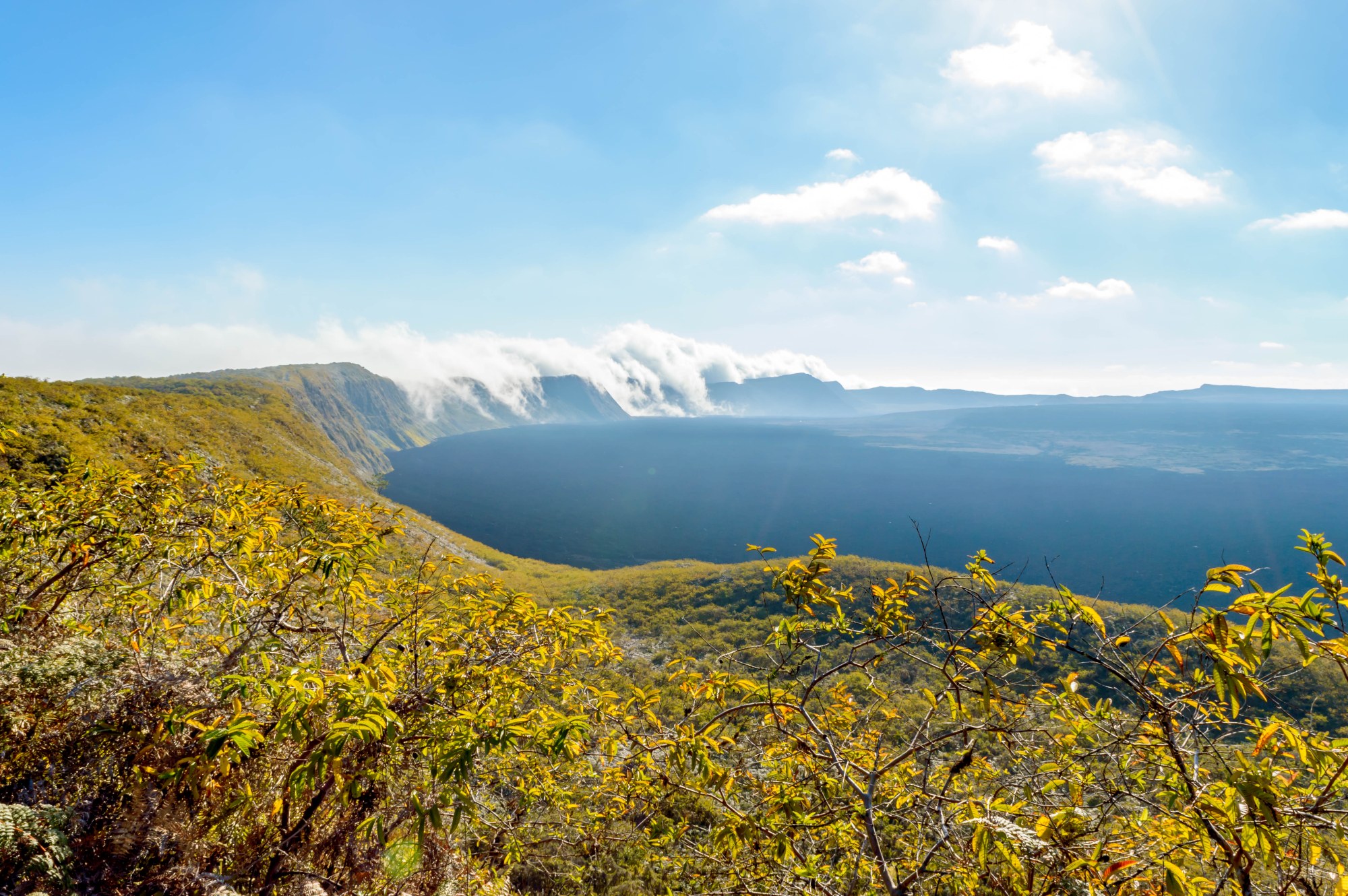
I always slightly regretted not going, however. In school, I had learned how Charles Darwin’s observations of species variation across the islands provided crucial evidence for his theory of evolution by natural selection. I had even met Darwin’s great-great-great grandson. I also wanted to bring back a fridge magnet for my 93-year-old Nan. She always referred to anywhere outside the UK as “Timbuktu,” but her fridge amassed an enviable collection of these tokens from other people’s voyages. If only I could finally get there…
Last November, while my partner Chris and I were in the US and planning a trip to the Yucatán Peninsula, hurricane season in the Gulf of Mexico was in full force. I tapped and pinched my way around Google Maps. A thousand kilometres off Ecuador’s coast, a familiar island cluster evaded the storms. “The Galápagos instead?” I pondered, half-joking. Cue murmurs of “last-minute,” “cruises” and “expensive.” While flights were reasonable, island-hopping logistics seemed overwhelming. Fortunately, we had friends who had recently travelled independently on ferries and stayed in AirBnBs—forgoing a luxury cruise or pricey package holiday.
“In 2023, the Galápagos attracted a record 330,000 tourists”
Money wasn’t the only consideration: we wanted to minimise our impact on the archipelago’s sensitive ecosystem—a habitat to over 9,000 species, many of which are endemic and endangered. In 2023, the islands attracted a record 330,000 tourists. While the Galápagos cruise industry is regulated, due to concerns about pollution, wildlife disturbance and contributing to the local economy, we felt more comfortable—and flexible—staying on land. Soon, we had a last-minute, low-season, yet low-budget plan.

Survival of the thriftiest
Three days later, we landed in San Cristóbal—where Darwin first set foot in 1835 during his five-year round-the-world scientific voyage on HMS Beagle—and paid a tourist fee of US$200 each. It was double what our friends had paid in 2022 due to the tourism boom, but we knew the high price was justified, given our environmental footprint. I couldn’t believe we had finally arrived—third time lucky!
A short walk led to our hotel, run by descendants of local sugar plantation owners. Eager to explore, we headed for the malecón (‘waterfront’ in Spanish) where we heard (and smelled!) the Galápagos sea lions a long time before we saw them. A honking pile of these pinnipeds snoozed on the beach. By the pier, marine iguanas—referred to in Darwin’s book The Voyage of the Beagle as “imps of darkness”—posed on volcanic rocks, camouflaged by black scales. Striking Sally Lightfoot crabs scuttled along in a tricolour of red, orange and blue. It was surreal to see these quasi-mythical creatures up close.
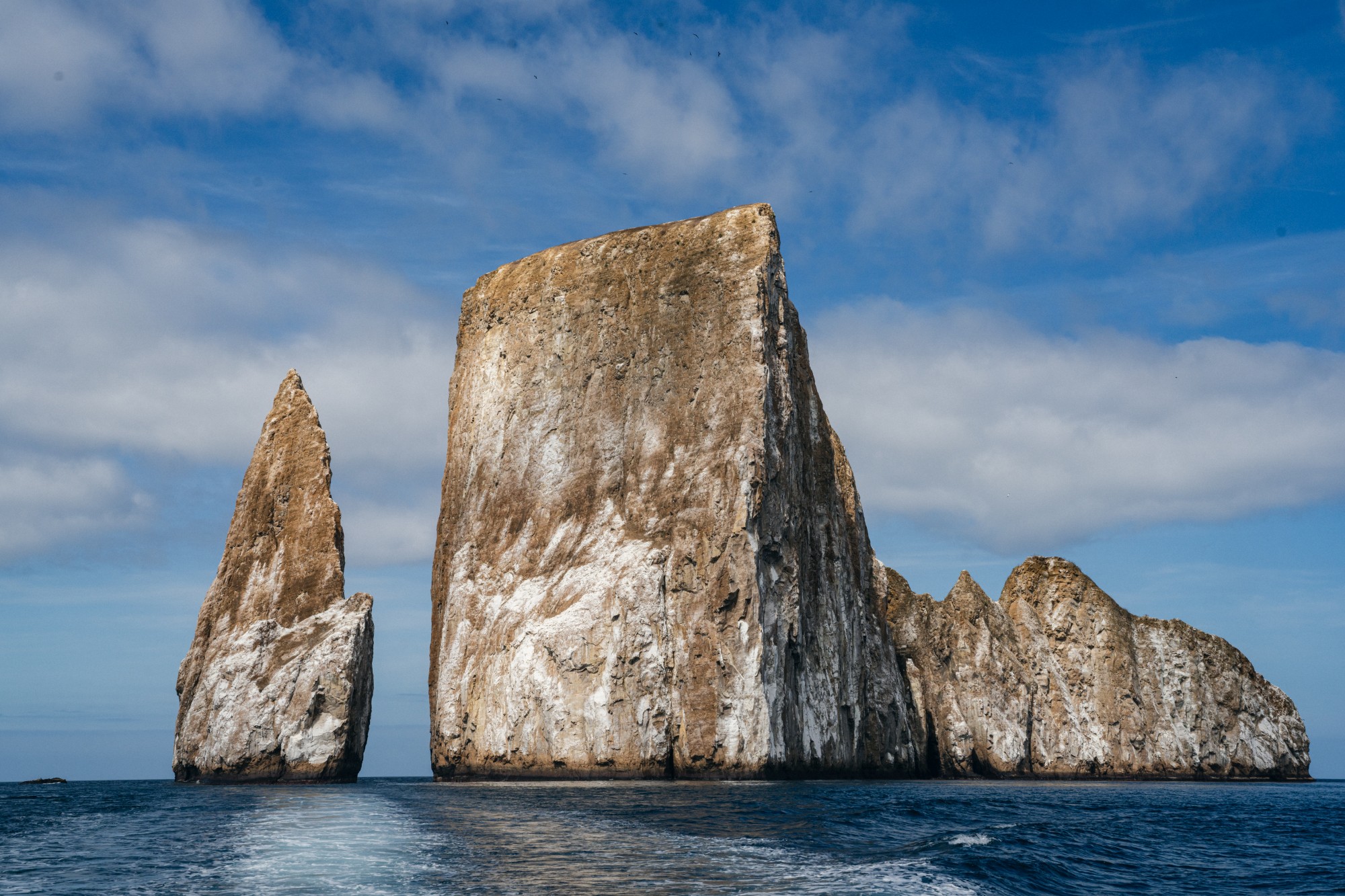
The following day, we hiked to Muelle Tijeretas, a snorkelling lagoon. In wetsuits and chilly-but-bearable water, we saw sea turtles, marine iguanas and shimmering schools of fish. Afterwards, we hiked to Cerro Tijeretas hilltop, stopping at a history exhibit en-route. I was shocked by photographs showing how the four main settlements had sprawled inland since the 1950s, realising that the Galápagos no longer fits the ‘untouched Eden’ narrative that some storytellers push.
From the viewpoint, we spotted our next destination: the famous Kicker Rock, or Léon Dormido (‘Sleeping Lion’) volcanic tuff formation eight kilometres out to sea. A guided “360°” coastline tour is the must-do activity on San Cristóbal. A bumpy boat ride took us right up to the base of Kicker Rock, where we snorkelled in a channel between towering walls. While my climber’s eye roved upwards, it was nothing compared to what lay underwater, where shadows of sharks contrasted against the deep blue. A kaleidoscope of barnacles, starfish and corals adorned the walls.
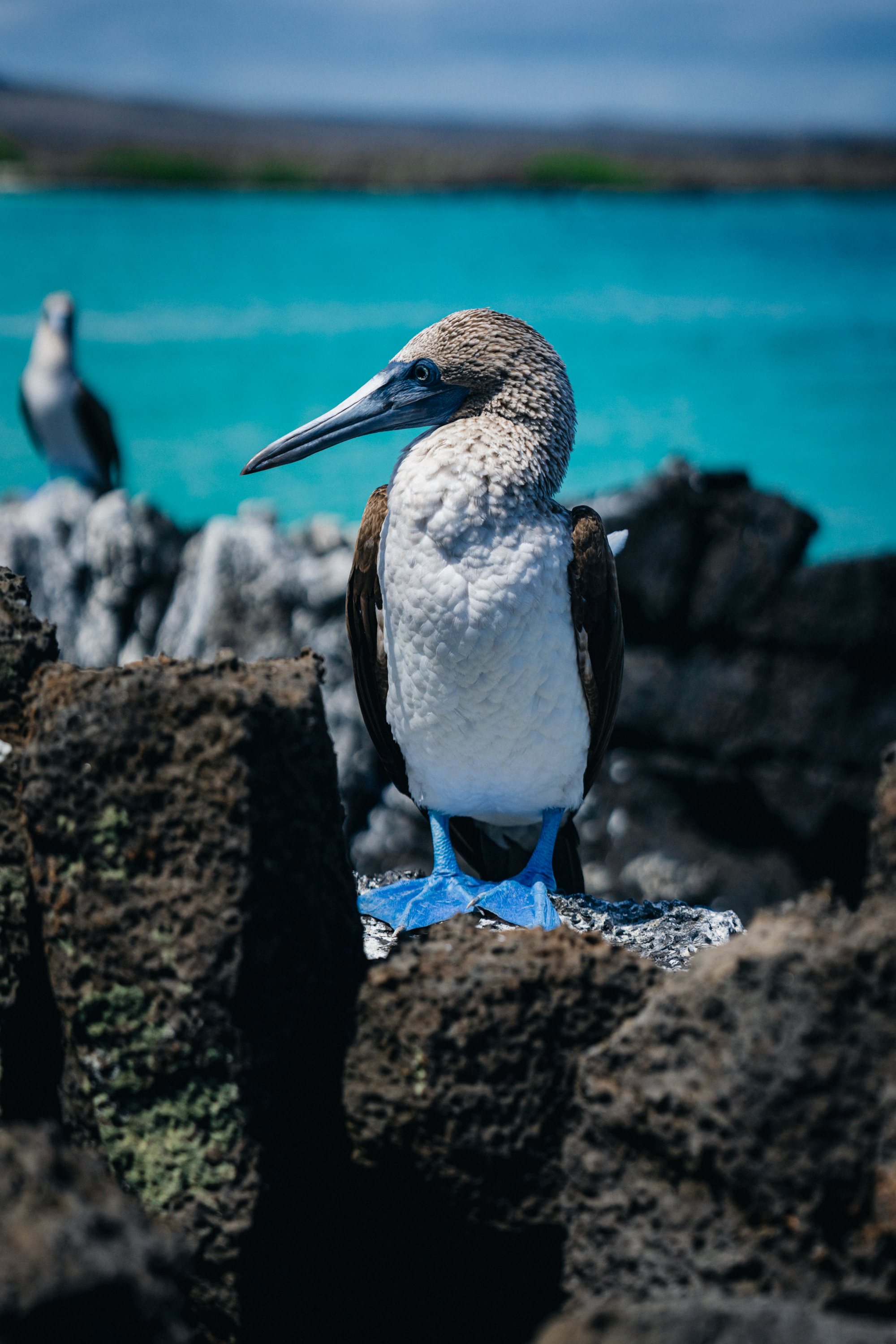
Our next stop was the Cerro Brujo rock arch before birdspotting Nazca and red-footed boobies on Punta Pitt. At two further snorkelling areas, we swam with white-tipped reef sharks and saw more boobies (the blue-footed variety this time). These comical birds, whose name comes from the Spanish bobo—meaning ‘fool’—because of their clumsy demeanour, apparently get their brightly-coloured claws from carotenoids: naturally-occurring pigments in the fish they eat.
Before leaving, we undertook a beach clean with our tour guide Alejandro, removing bags of washed-up rubbish and learning of the threat it poses to wildlife. “I do this every visit,” he said. As we sailed back, hundreds of dolphins ducked and dived in our wake. We’d been thrilled by the snorkelling, and so considered booking diving sessions, but we soon learned that the strong currents—which contribute to the archipelago’s rich marine biodiversity—are tricky for beginners.
“We hiked to a misty El Junco lagoon—situated in a volcanic crater—before visiting a giant tortoise breeding site. ”

Having explored the coastline as thoroughly as we could, we then ventured inland on a highlands taxi tour. We hiked to a misty El Junco lagoon—situated in a volcanic crater—before driving to the Galapaguera, a giant tortoise breeding site. These dinosaur-like reptiles exuded a prehistoric aura. In The Voyage of the Beagle, Darwin described them as “inhabitants of some other planet.” These specimens, however, bore numbered shells for monitoring: just 10 percent of their original population roam today and almost all 12 subspecies are endangered. “How old?” I asked a guide in rusty Spanish: “70, but many are over 100,” came the reply. One couple got too close for a selfie, and a ranger duly told them to step back. These ancient animals deserved a little more respect.
Back in town, however, I indulged my inner tourist with some souvenir shopping. I winced at the “I Love Boobies,” t-shirts, but I bought the obligatory Galápagos fridge magnet for my Nan.
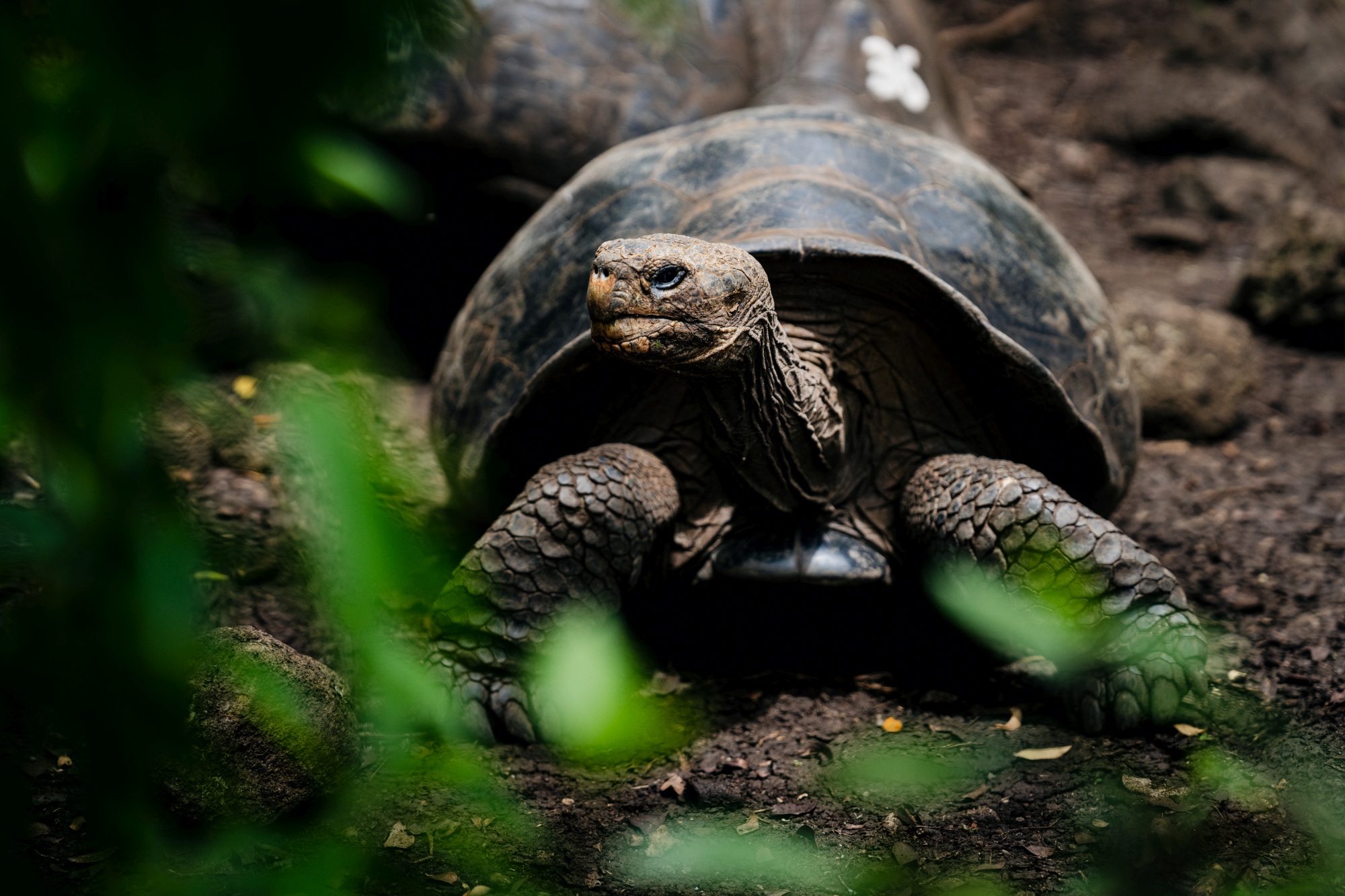
An endangered eden
Isabela, the largest and third-most populated island, was our next destination. After a layover on Santa Cruz island—spent in a Darwin-inspired café named 1835—we arrived in Puerto Villamil to a change of scene: sandy roads and fewer tourist shops. The Sierra Negra volcano, which last erupted as recently as 2018, loomed ahead. We stayed in a hotel by a lagoon with flamingos, amplifying the laid-back vibes.
Our first mission was a 17km out-and-back wild tortoise trek. We saw about eight to 10 in the end—some dawdling along, others asleep inside their shells or eating cactus flowers. I watched one ambling up to me slowly, and sat still as it eyeballed my orange, shell-like backpack with intrigue. Who knows what this animal—whose ancestors were fully evolved two million years ago, when mine were still perfecting the art of walking upright—was thinking?
Like their respective species, each island of the Galápagos bears unique quirks and characteristics. Santa Cruz—the most touristy in nature—was our final stop. At breakfast, the gutsy finches I had studied in school begged atop a “Please don’t feed the birds!” sign—demonstrating that their sense of humour had clearly evolved alongside their beaks, which had fascinated Darwin. We followed a three-kilometre trail through a cacti-ridden lava field to Tortuga Bay, arriving to witness a surfer battling the barrelling waves. Further along was our final snorkelling beach, where a baby hammerhead shark side-eyed us. That evening, we dined in a restaurant beside a marine iguana, tactically plopped atop a floodlight for warmth, limbs akimbo. A regular, we were informed.
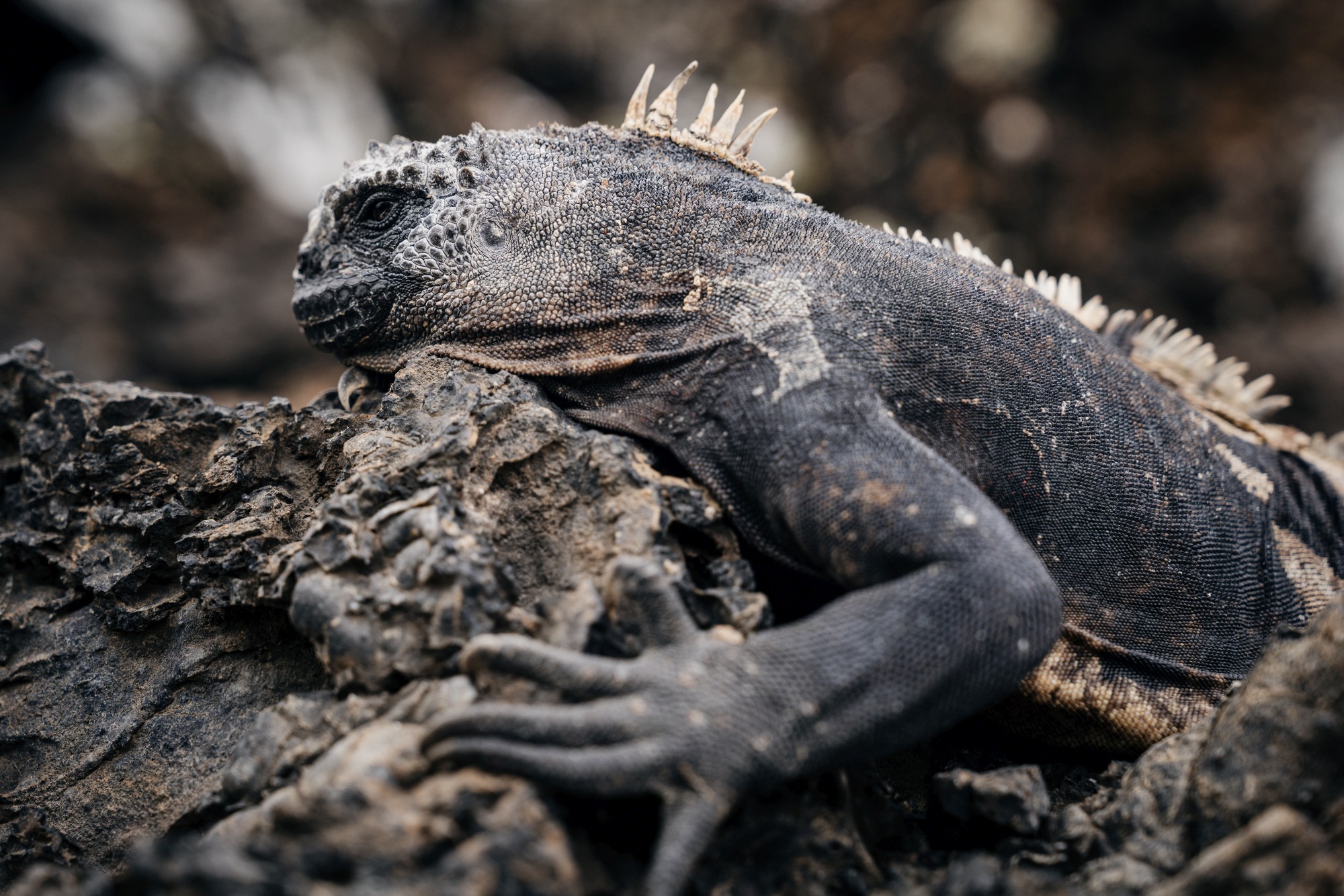
At the Charles Darwin Research Station, we received a passport stamp and a tour from Camila Bermúdez, the station’s communications officer. She told us all about the Charles Darwin Foundation, a research and conservation non-profit launched in 1959 after two scientists warned of the potential extinction of Galápagos species, and the conservation projects it managed and funded. One study jumped out: a comparison of two aerial photographs of Tortuga Bay, one taken mid-pandemic, and one afterwards. The first showed hundreds of floating shells, the second a near-empty expanse of blue. As snorkellers, we felt especially guilty.
“This sensitive ecosystem is threatened by overcrowding and climate change”
It’s undeniable that human presence—more specifically, tourists’ presence—negatively impacts wildlife on the Galápagos, and the islands’ sensitive ecosystems are threatened by a toxic combination of overcrowding, climate change, overfishing and invasive species introduced by people. Camila’s grandparents, she said, have lived through significant changes: from the problematic introduction of pets and tourism boom, to a revolution in technology, including improved internet access—especially post-pandemic.
Our journey to the airport conveniently doubled as a highlands tour. We stopped at Rancho Primicias, a tortoise site. Its inhabitants had shorter necks than the inhabitants of Isabela, from eating grass rather than above-ground cactus fruits—a clear demonstration of the principle of natural selection in action.
With our trip coming to an end, one key species that inspired Darwin remained elusive: the Galápagos land iguana. Eagle-eyed, I spotted one from the bus, its golden scales contrasting against the arid landscape. As we stepped off, there were two by the airport entrance—and later on the tarmac. Like buses, it seems, land iguanas come along all at once.
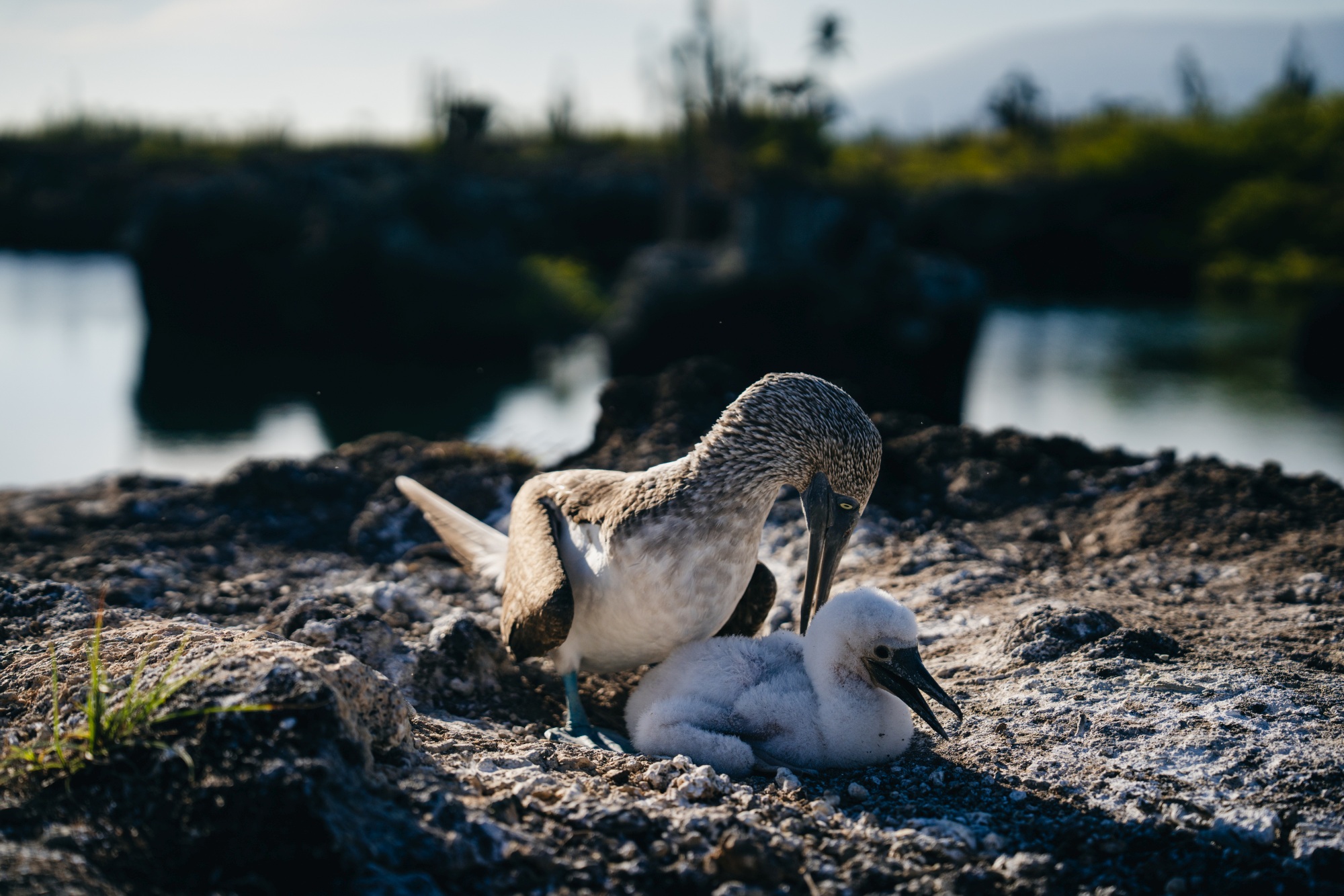
Evolved enough to care
Flying back to Quito, we sat next to David, an eccentric Brit in an ostrich-feathered army helmet and high-vis jacket. He was a septuagenarian cancer survivor cycling solo from Alaska to Argentina. The Galápagos were a slight detour, we joked. But a worthy bucket-list tick, he replied. Back home, I delivered the fridge magnet to my Nan as a crocheted blue-footed booby in a Santa hat perched on the mantelpiece. “You do get around!” she said. It was one of the last conversations I had with her. She passed away peacefully the following week.
Four days later, we read on Facebook that David had died suddenly in Bolivia. As I grieved the deaths of these two very different people, one who rarely travelled and one who had made it his life’s mission, I was reminded of the importance of living life to the fullest, and visiting those bucket list destinations if you want to—and are privileged enough to have the means.
But our Galápagos experience had also highlighted the risks of overtourism, and destroying the beauty that attracts people to such spots in the first place. In The Voyage of the Beagle, Darwin wrote that the archipelago was “a little world within itself”. Now that the outside world has pried this microcosm open, it’s left to us, his more ecologically aware (and dare I say it, further evolved?) descendants to figure out how to support and sustain species while balancing our selfish desire to explore. Because if nothing else, my voyage to the Galápagos taught me that life is as fragile as it is diverse—and therein lies its beauty.
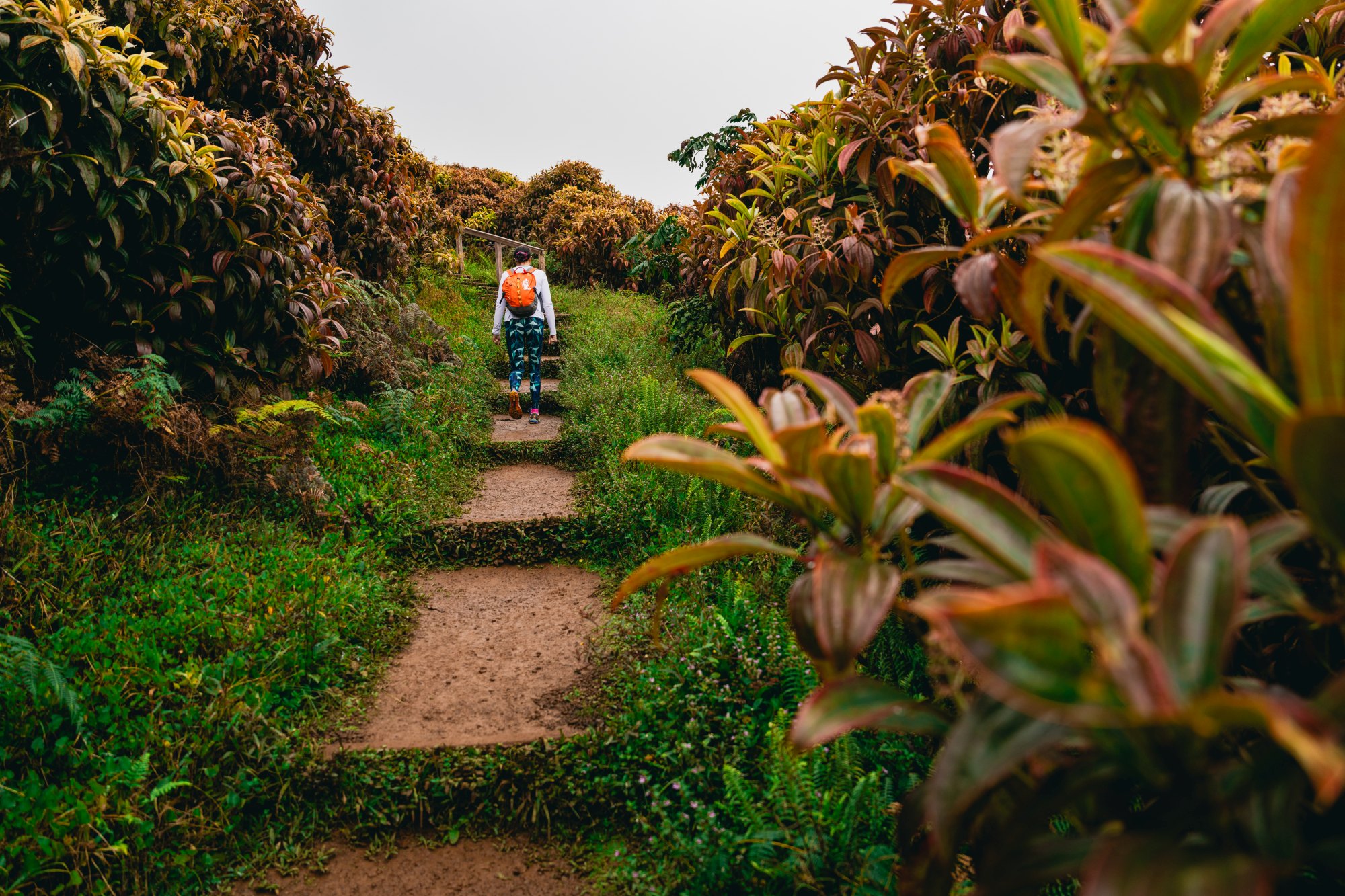
Know How
Our Trip
Natalie and Chris travelled independently between three of the four inhabited islands on ferries and used two tour companies: Galápagos Xcursion (San Cristóbal) and Rosedelco (Isabela). Shop around and book in person for the best prices, a day or two before. Personal snorkel kit and wetsuits save money and time, but operators also rent (full-length wetsuit recommended in cooler months). Some activities do not require a guide – check before you book. Hail a taxi for highlands tours.
Getting there
All tourists must fly via Ecuador’s mainland. Natalie and Chris flew to Quito, and from Quito to San Cristóbal via a 20-minute layover in Guayaquil (a UK government travel advisory is in place, but does not apply to airside transit). Check requirements for Galápagos arrivals, including a $200 cash tourist fee. Boats between islands are cheaper than flights.
Where to stay
Natalie and Chris stayed in Hotel Islas Galápagos (San Cristóbal), La Laguna Galápagos Hotel (Isabela) and La Fortaleza de Haro (Santa Cruz, a family-run faux-medieval fortress, which had great off-season deals).
Food & Drink
Galápagos delicacies include arroz marinero, a seafood rice dish, and seco, a meat or fish stew, plus Ecuadorian seafood soup staples such as encebollado or ceviche, served with a side dish of bolón de verde plantain dumplings. Many restaurants are vegetarian and vegan-friendly.

